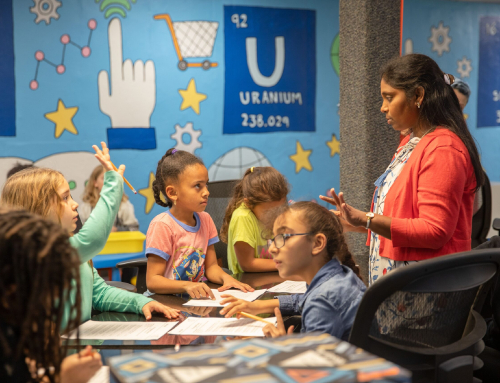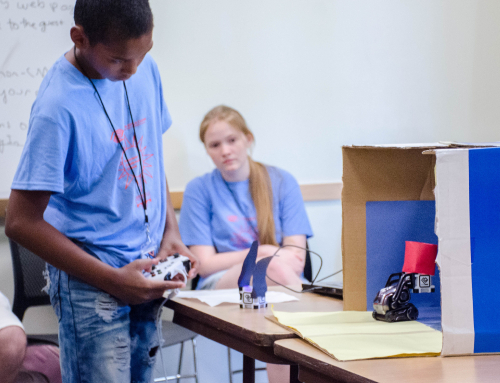By Andrew H. Chen and Roozbeh Aliabadi
May 2017
China has hosted its biggest diplomatic, economic and political event of the year, the OBOR Summit. A modern-day manifestation of the ancient Silk Road, One Belt, One Road (OBOR) has become one of the major policy initiatives led by President Xi Jinping since 2013.
Over the past few years, President Xi and his team have continued to promote OBOR as a significant global convergence of political and economic interests. Foreign Minister Wang Yi echoes this sentiment, declaring OBOR to be “the most important public good China has given to the world, first proposed by China but for all countries to enjoy.”
The massive potential for infrastructure and other types of investments through various projects has caused many to compare OBOR to a golden age in Chinese history–when Chinese merchants played a vital role in bridging economic activities linking Asia, Africa, and Europe.
With its immense potentials expected to reshape a large part of the world economy, many corporate executives, plant managers, and shareholders across China are already scrambling to get ready for OBOR.
However, Chinese families could also gain much by preparing themselves for the event. That is, “Are you OBOR-ready?” is a real question all Chinese parents should be asking their children at dinner tables across the country as they are preparing for college and entering the job market soon thereafter.
In this contemporary revival of the ancient Silk Road, cranes and forklifts cannot be the only improvements upon caravans and camels used in the past. Rather, there is a crucial obligation to complement OBOR’s strategic economic vision with a commitment to essential skills needed through a world-class education.
To begin realizing its real potential, China needs to keep one eye on development via capital resources and another eye intently focused on training its future workforce–which must be achieved through investment in soft infrastructure, education and re-training. How can China best harness the power of our human capital? While the economic center of gravity is shifting more and more towards the East, the West remains the educational center of gravity–with the United States continuing to dominate in this sector.
Furthermore, it will take China several decades to build a fleet of truly world class universities. Thus, to fully engage with OBOR’s immense potential means creating a synergy between the Chinese economic vision present in this initia-tive and the already-well-established educational hub in the United States.
Currently, there exists a widening gap between China’s domestic educational system and its vision for economic growth, with the former lagging far be-hind the latter. If China wishes to respond promptly to this problem, in the connected world, it must work towards filling this gap quickly by outsourcing rather than taking the slower rebuilding approach. By taking the cross-cultural but more vital cross-system, worldview approach towards cultivating educational potential, China will also inadvertently cause the talent pool to gravitate towards the economic success start-ed by OBOR across Asia, Europe, and Africa. In this sense, US education can be the underlying engine driving OBOR’s successful implementation throughout China and beyond.
While China has embarked upon economic liberalization quite quickly, it has yet to advance at the same rate in the field of higher education. However, improving in both areas has proven to be equally important for the long-term economic stability and sustainability of the country. In a connected world, gaining a US-based education is not just about the university degree.
Rather, it provides the Chinese work-force with just the right formula of training and competitive edge in the global economy. Therefore, being OBOR-ready has far reaching implications.
In this new OBOR-era world, the US offers the soft infrastructure; educational support and technology, China provides the hard infrastructure and export markets, and Europe sends aid and governance advisers. And as corporate supply chains work to facilitate the smooth flow between all of these connections, it would appear that this is the closest geopolitics has come to all the right stars aligning at the same time.
As one ancient Chinese wisely said, “If your plan is for one year, plant rice. If your plan is for ten years, plant trees. But if your plan is for one hundred years, educate children.” From the dinner table to the boardroom, stakeholders and major players from all regions and sectors are eager to tap into the enormous potential derived from the human capital at OBOR.
A combination of talent, skills and the right vision can help forge such educational potential into long-term economic opportunity and growth that will benefit China and the world. To enjoy the benefits of the OBOR-era world, we must first build it through the Chinese hard infrastructure and the American higher education soft infrastructure. The OBOR-era world’s destiny hangs in the balance.
Initially published by ChinaDaily on May 18,2017
Andrew Chen
Chief Learning Officer of WholeRen Group
andrew.chen@wholeren.com
Andrew is an educator and advisor on International education. He is the co-founder and CEO of WholeRen Group.
Roozbeh Aliabadi
Strategic Advisor of WholeRen Group
roozbeh.aliabadi@wholeren.com
Roozbeh Aliabadi is an advisor on geopolitical and geo-economics risks, and the strategic advisor for WholeRen Group.
WholeRen Group
WholeRen’s maxim, “Bringing Two Great Nations Together, One Student at a Time”, captures the essence of its mission to serve the educational needs and aspirations of families and educa-tors in the USA and China while enhancing those experiences and involving highly reputed edu-cational organizations and individuals. This mission is predicated on meeting the needs of the individual student by utilizing the best aspects of Eastern and Western educational precepts, and making the success of the learner the highest priority.
Email: info@wholeren.com
Telephone: +1.814.822.0567
+86.10.8833.4556






